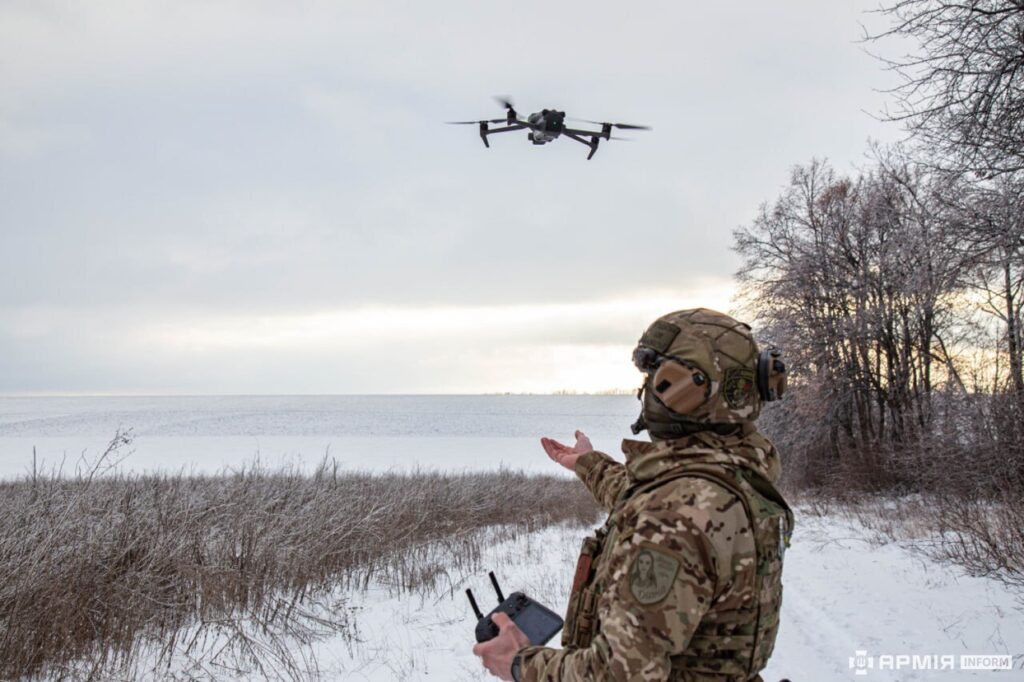Reuters: Ukraine rolls out dozens of AI systems to help its drones hit targets
As Russian jamming equipment creates an invisible shield that has rendered traditional drones increasingly ineffective, Ukraine's AI-enabled drones are learning to find gaps in the electronic defenses that human operators can no longer penetrate.


Ukraine is using dozens of domestically made AI-augmented systems for its drones to reach targets on the battlefield without being piloted, a senior official said to Reuters, disclosing new details about the race against Russia to harness automation.
As noted by the news outlet, systems that use artificial intelligence allow cheap drones carrying explosives to spot or fly to their targets in areas protected by extensive signal jamming, which has reduced the effectiveness of manually piloted drones.
The shift towards the use of AI, particularly in drone target finding and flight control, is an important emerging front in the technology race that has unfolded since Russia launched its full-scale invasion of Ukraine in February 2022.
“There are currently several dozen solutions on the market from Ukrainian manufacturers … they are being purchased and delivered into the armed forces and other defense forces,” Ukraine’s deputy defense minister Kateryna Chernohorenko said of drone AI systems.
She said they were currently being used in a targeted way in special operations.
Automated drone systems are in high demand among soldiers searching for ways to beat the rapidly increasing use of electronic warfare on the battlefield.
Electronic warfare systems create a protective dome around their location by sending out powerful signals that disrupt communication between drones and their pilots, causing them to lose control of the craft and miss their target.
These systems, once only used to protect the highest-value pieces of equipment, have become a common feature in trenches and on regular vehicles used by soldiers as they seek to protect themselves from the threat of first person view (FPV) drones.
These small and cheap drones, originally built for civilian enthusiasts to race, have since become the most commonly used strike drone on the battlefield, with both countries ramping up their production into the millions per year.
Next phase of the war
A Ukrainian official told Reuters in July that most first person view units’ target strike rate had fallen to 30%-50%, while for new pilots that can be as low as 10%, and that signal jamming was the main problem.
The official predicted that AI-operated first person view drones could achieve hit rates of around 80%.
Samuel Bendett, adjunct senior fellow at the Center for a New American Security, a Washington-based think-tank, said statements from officials on both sides showed automation would likely play an important role in the next phase of the war, but that it was currently not widespread.
“At this point in the conflict, we’re seeing small scale application of these technologies as multiple developers are trying to position themselves and their drones as the go to solution,” he said.
“Right now, the solutions are relatively simple and often based on commercial technologies that have been available even before the war, but more complicated features can also become available,” Bendett noted.
Ukraine is also using interceptor drones to down the vast numbers of Russian camera reconnaissance drones helping target artillery and missile strikes on Ukrainian targets behind the lines.
Chernohorenko, the defense official, said that these also needed to be equipped with AI targeting.
“Russian reconnaissance drones are causing huge problems on the frontlines (but) they are now being shot down rather effectively by our interceptors,” she noted.
Related:
- WP: Russian drones targeting Kherson civilians in ongoing “human safari”
- Ukrainian drones strike Berdiansk port under Russian occupation
- Ukraine scrambles to counter new Russian fiber optic drone threat
- Ukraine contracts 1.8 million drones for army for next two years
- Russian recon drones start performing evasive maneuvers to avoid Ukrainian FPV interceptors


